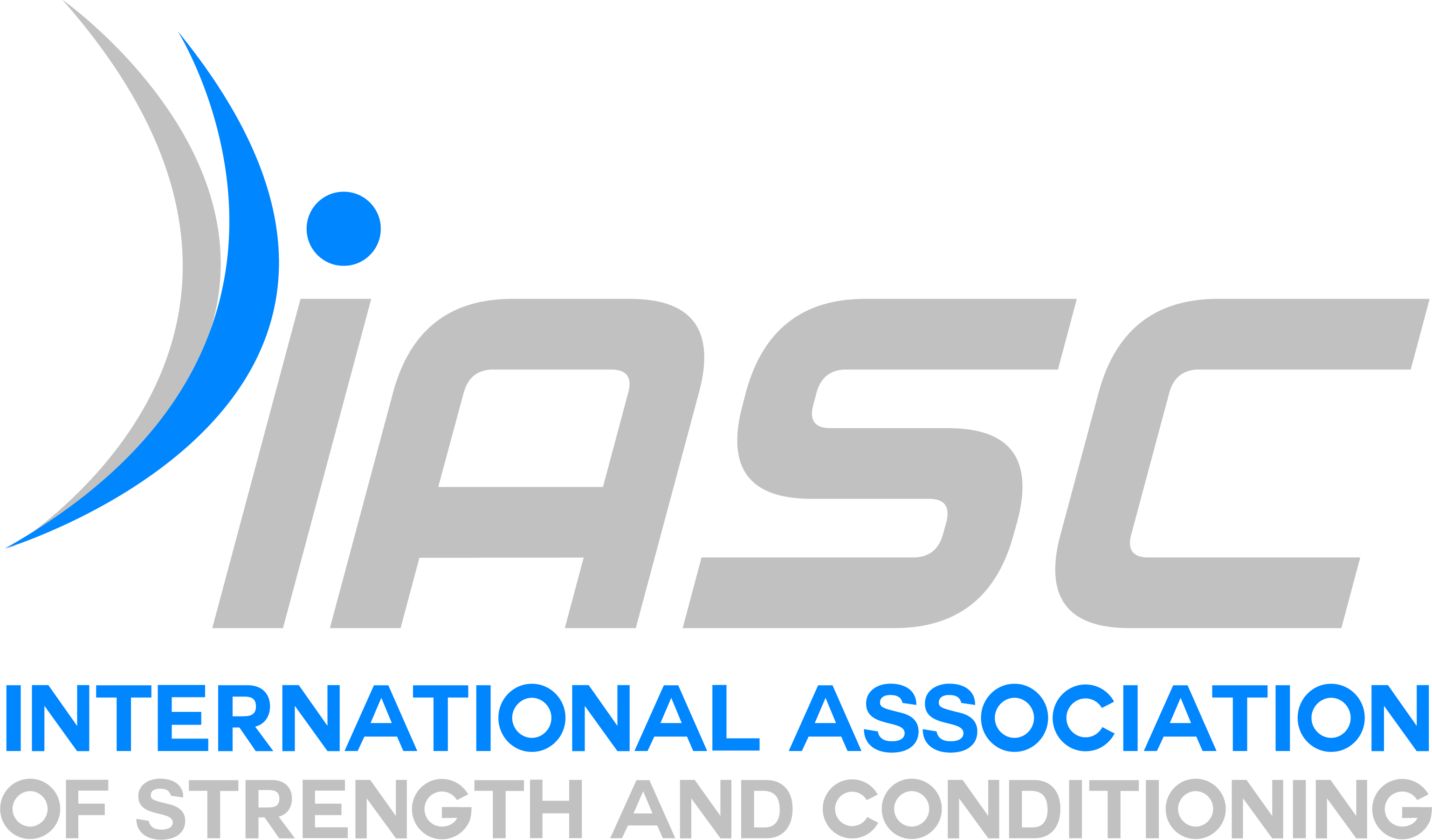At the heart of every innovative training program lies a simple yet profound truth: an idea is a new combination of old elements. This foundational principle, underscored by Edward de Bono, serves as the cornerstone of creative thinking for strength and conditioning coaches worldwide. As you embark on the journey of crafting cutting-edge training regimens, let’s explore a step-by-step approach to generating great ideas in the realm of strength and conditioning.
Define Your Objective: Begin by clearly defining your coaching objectives or identifying the specific challenges you aim to address. Whether it’s enhancing athlete performance, preventing injuries, or optimizing training protocols, a well-defined problem sets the stage for creative exploration.
Visualize Your Ideal Solution: Envision the ideal outcome you aspire to achieve. Visualizing your desired results not only clarifies your goals but also activates your creative faculties, guiding you toward innovative solutions that bridge the gap between your current situation and your coaching aspirations.
Gather All Relevant Facts: Knowledge is the fuel for creativity. Arm yourself with a comprehensive array of facts and information pertinent to your field of strength and conditioning. From scientific research to industry trends, the more informed you are, the greater your capacity to generate novel ideas.
Break the Pattern: To foster creativity, it’s essential to break free from established patterns and conventional thinking. Challenge preconceptions, explore uncharted territory, and embrace alternative perspectives to open up new pathways of exploration.
Expand Your Horizon: Venture beyond the boundaries of your own field for inspiration. Draw insights from diverse disciplines, experiment with unconventional approaches, and integrate elements from unexpected sources to infuse freshness into your coaching practice.

Experiment with Combinations: Harness the power of experimentation by exploring various combinations of training methods, exercises, and recovery techniques. Embrace trial and error, and be open to refining your approach based on empirical evidence and feedback.
Engage Your Senses: Stimulate your creativity by consciously engaging all your senses. Visualize, conceptualize, and imagine solutions in vivid detail. Experiment with mind-mapping techniques to connect ideas in novel ways and explore new clusters of thought.
Allow Ideas to Simmer: Like a simmering stew, allow your ideas to marinate and mature over time. Embrace relaxation techniques to quiet the mind and create fertile ground for subconscious insights to emerge.
Seek Inspiration from Music and Nature: Tap into the restorative power of music and nature to relax your mind and inspire creativity. Take breaks in natural surroundings, immerse yourself in soothing melodies, and allow the harmonious rhythms of nature to rejuvenate your spirit.
Embrace the Eureka Moment: Be receptive to moments of inspiration that arise unexpectedly. Capture these “Eureka moments” whenever they occur, whether during routine activities or moments of relaxation.
Refine and Reevaluate: Once an idea emerges, subject it to critical evaluation and refinement. Assess its viability, relevance, and alignment with your coaching objectives, and be willing to iterate and refine your approach as needed.
Embrace the Spirit of Continuous Improvement: Embody the ethos of Kaizen—continuous improvement—in your coaching practice. Encourage a culture of innovation and experimentation, where every idea is valued and contributes to the ongoing evolution of your training programs.
In conclusion, creativity is not a gift bestowed upon a select few but a skill that can be cultivated and nurtured over time. By following these steps and embracing the principles of continuous improvement, strength and conditioning coaches can unlock a wealth of innovative ideas to elevate their coaching practice and empower their athletes to achieve peak performance.







